This 7-day Tokyo itinerary is designed to help you make the most of your trip, with practical tips on visa, transport, budget, and when to visit, plus a detailed day-by-day plan and a map of key attractions. Whether you’re a first-timer or a returning traveller, this guide ensures your Tokyo adventure is unforgettable.
Tokyo, the capital city of Japan, is charming. If it is on your bucket list and you’re unsure how many days you need in Tokyo, this guide is your answer. While 5 days in Tokyo is enough, but to explore and feel the peace this city offers, you must spend a week or 7 days here.
A 7-day Tokyo itinerary lets you cover iconic districts like Shinjuku, Shibuya, and Asakusa, explore cultural places such as Meiji Shrine and Ueno Park, and take day trips to Mount Fuji or Kamakura. Using a Tokyo Subway Pass, you can cover the top attractions, eat Japanese cuisine, and experience both modern and traditional sides of the city.
In this travel guide, you’ll find everything you need to plan your trip- from visa tips, flights, the best time to visit, and transportation options to details on currency exchange, SIM cards, and a realistic weekly budget. You’ll also get a detailed Tokyo map, a day-by-day itinerary overview, insider travel tips, and answers to popular questions about visiting Japan’s capital.
But before that, let’s have a look at the quick read to get an idea of what you need to know while travelling to Tokyo, Japan.
Quick Facts Table
This table gives you a rough idea of your requirements-
| Detail | Information |
| Best Time to Visit | March-May (cherry blossoms) and October-November (autumn leaves) |
| Local Currency | Japanese Yen (¥) |
| Visa Requirement | Indians need a tourist visa |
| Main Airports | Haneda Airport (HND), Narita International Airport (NRT) |
| Recommended Pass | JR Pass, Suica/Pasmo cards, Tokyo Subway Pass for trains, subways, and buses |
| Language | Japanese (English widely understood in tourist areas) |
| SIM / Internet | Prepaid SIMs or pocket Wi-Fi are available at airports and electronics stores. |
Visiting Tokyo at the best time can be a blessing for tourists, as they get to see the real charm of cherry blossoms and autumn colours. So, apply for your tourist visa in advance and live your vacation to the fullest!
Japan Visa for Indians
As Japan is a foreign country, Indians need a visa to enter. However, citizens of over 60 countries- including the UK, USA, Canada, Australia, and most EU nations can visit visa-free for short stays of up to 90 days.
Indian passport holders need a short-term tourist visa, which can be applied for through the Japanese consulate or an authorised visa centre.
The visa fee for an Indian citizen is usually around ₹500-₹550, along with some additional VFS Global service fee, i.e., ₹800. And the processing time is between 5-7 working days.
To apply, you will need the following documents: a valid passport, recent photographs, a travel itinerary, proof of funds, and confirmed flight and hotel bookings.
Note: Before applying, learn more about the Indian Tourist Visa in detail.
Flights From India to Tokyo
Tokyo has two major airports- Haneda Airport (HND) and Narita International Airport (NRT).
- Haneda Airport is closer to central Tokyo, taking about 20 minutes by train, which makes it more convenient.
- Narita Airport handles more international flights, but it is around 60 minutes away by express train.
From India, direct flights are available from Delhi to Narita and Haneda via Japan Airlines and All Nippon Airways, with one-stop connections from Mumbai, Bengaluru, and Chennai.
Note: Round-trip economy class tickets cost between ₹45,000 and ₹70,000. The price depends on the season. Spring and autumn are usually more expensive, while winter (except around the New Year) often has better deals.
Best Time to Visit Tokyo
It is important for tourists to know the best time to visit Japan to plan their itinerary. Spring (March-May) and autumn (October-November) are when the weather is pleasant and the city is at its most scenic.
- In spring, Tokyo is dolled up with cherry blossoms, particularly in late March and early April. Parks like Ueno and Shinjuku Gyoen are packed with hanami (flower-viewing) picnics, and temperatures average 10-20°C, making sightseeing comfortable.
- Autumn brings crisp air and fiery red and gold foliage in gardens like Rikugien and Meiji Jingu Gaien. Daytime temperatures hover between 12-20°C, and skies are usually clear.
- Summer (June-August) is hot and humid, with occasional typhoons in late August, but it’s also festival season with fireworks and vibrant matsuri events.
- Winter (December-February) is cold but dry, ideal for travellers who enjoy illuminations and lighter crowds. Average temperatures range from 1-10°C.
Travel tip: Avoid Golden Week (late April-early May) and New Year holidays, when domestic travel peaks and prices soar.
Transportation in Tokyo
Avoid taking taxis, as they are expensive, and buses are slow due to traffic. The best way to travel in Tokyo as a tourist is by using the rail and metro systems in Japan. They are operated by JR East, Tokyo Metro, and Toei Subway; these trains cover almost every part of the city and run with clockwork precision.
For tourists, the Japan Rail Pass (for nationwide travel) or the Tokyo Subway Ticket (unlimited rides for 24-72 hours) offers great value. If you plan to use JR lines frequently, consider getting a Suica or Pasmo prepaid IC card, which is valid for trains, buses, and some shops.
By walking, you can enjoy neighbourhoods like Asakusa, Shibuya, and Shinjuku.
Currency Exchange in Tokyo
Exchanging Indian Rupees (₹) to Japanese Yen (¥) is a task if you don’t know where and how to do it. The best place to exchange currency in Tokyo is at the authorised currency exchange centres in areas like Shinjuku, Shibuya, and Ginza, or use banks such as MUFG and SMBC.
Exchanging money at airports is not an ideal option, as their rates are often the worst. Hotels may also offer exchange services, but they tend to be pricier.
Convenience stores like 7-Eleven have ATMs that accept international cards, making it easy to withdraw yen directly- often at competitive rates.
Note: Always check the current exchange rate before swapping money, and avoid street money changers. For large amounts, it’s best to compare rates at multiple places. Also, carry cash, as smaller restaurants, market stalls, and shrines may not accept credit cards.
SIM Card & Connectivity in Tokyo
SIM cards are ideal if your phone is unlocked- you can buy them at airports, electronics stores like Bic Camera, or convenience stores. Popular providers include NTT Docomo, SoftBank, and au (Japanese mobile phone company), offering short-term tourist plans with generous data.
If you’re travelling with family or in a group, pocket Wi-Fi can be more cost-effective, allowing multiple devices to connect at once. These can be pre-booked online and picked up at the airport.
Tokyo also has free public Wi-Fi spots in train stations, cafes, and shopping centres, though speeds may vary.
Detailed Tokyo 7-Day Itinerary
Source: Google Maps
This map clearly shows central Tokyo neighbourhoods, making it easy to plan routes and understand geography for your 7-day itinerary. Remember, after exploring the seven days, you get your flights the same night or the next morning.
Tokyo 7-Day Itinerary Overview
|
Before diving straight into the 7-day Tokyo itinerary, it’s important to know the different areas in Tokyo.
Tokyo, the capital of Japan, merges urban life with cultural diversity. It consists of 62 districts, including 26 cities, 23 wards, 5 towns, and 8 villages. Each district contributes to the city’s unique blend of modernity and tradition.
The tourist areas in Tokyo are Shinjuku, Shibuya, Harajuku, Asakusa, Ueno, Akihabara & Ginza, Tsukiji, and Odaiba. So, in this 7-day itinerary, we will cover all these places. So, let’s get started.
Day 1: Shinjuku
Highlights of Day 1
|
Afternoon
Your Tokyo exploration starts with a relaxing walk in Shinjuku Gyoen National Garden. This beautiful park combines Japanese, English, and French styles. In spring, you can see cherry blossoms, and in autumn, the leaves turn bright colors. The park’s beauty never fails.
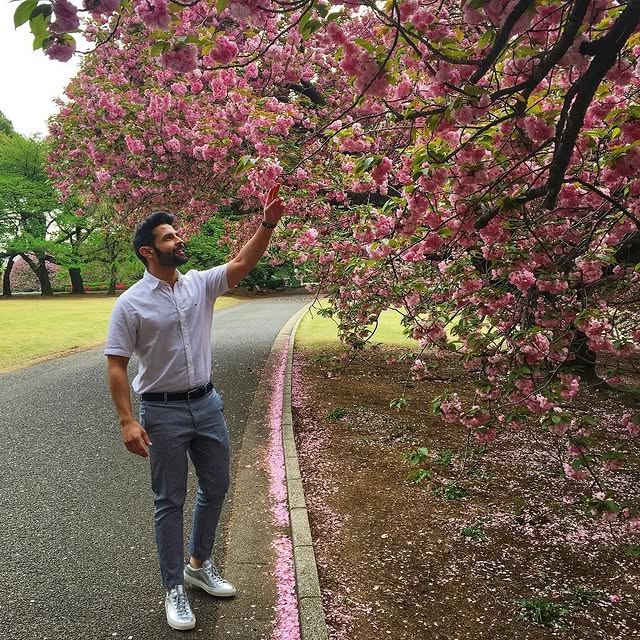
Take your time wandering through the wide lawns, ponds, and tea houses- It feels like a peaceful retreat in the busy city.
Visit the Samurai Museum to learn about the history of Japan’s warriors. You can see real samurai armour, helmets, and swords. Discover their code of honour called Bushidō. The museum also has live demonstrations and lets you try on a samurai outfit, making it a fun and memorable experience.
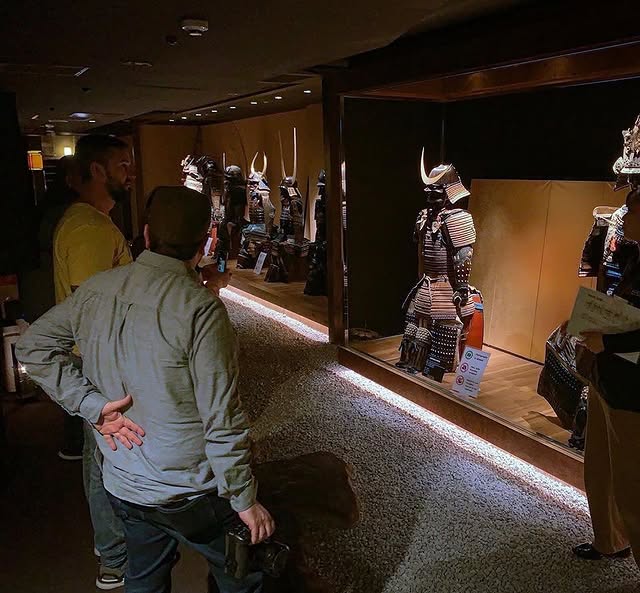
Evening
As the sun sets, go to the Tokyo Metropolitan Government Building to see stunning views of the city skyline from its free observation deck. On a clear day, you may even see Mount Fuji in the distance.
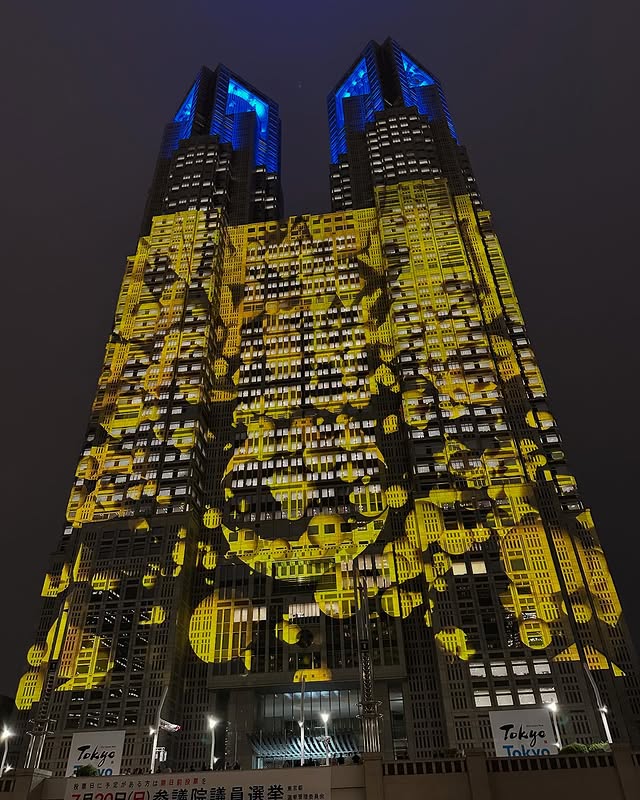
From there, step back in time at Omoide Yokocho Memory Lane, a narrow alley filled with lantern-lit food stalls and tiny izakayas serving yakitori and sake. The nostalgic atmosphere feels like Tokyo from decades ago.
If you’re looking for more nightlife vibes, wander into Golden Gai, a unique district with tiny themed bars, each with its own quirky personality. And then, chill at the neon glow of Kabukicho, Tokyo’s famous entertainment district that never sleeps.
Day 2: Shibuya & Harajuku
Highlights of Day 2
|
Morning
Start your day in Tokyo with the youthful energy at Shibuya Crossing, known as the busiest intersection in the world. It’s exciting to stand at the corner and watch hundreds of people moving in all directions. Nearby, you can visit the Hachikō Statue, a symbol of friendship and loyalty that many people in the city cherish.
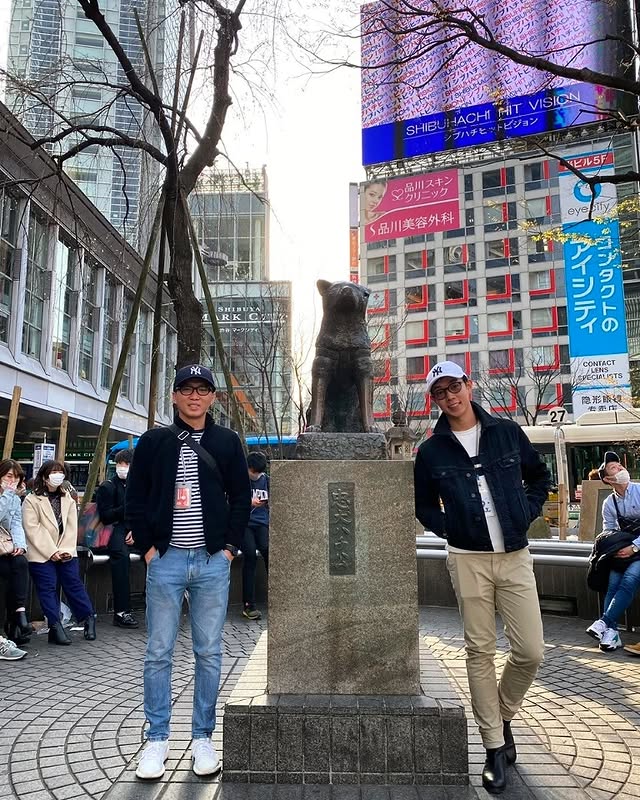
After that, go to the Shibuya Scramble Square Observatory for great views of the city. From here, you can see skyscrapers stretching endlessly under the morning sky. It’s simply spectacular.
Afternoon
Continue your journey into the colourful heart of Harajuku. Begin at Takeshita Street. This narrow lane is full of unique fashion shops, colourful sweets, and exciting pop culture stores. It’s a great spot to witness Tokyo’s youth culture in action. Don’t forget to try a crepe or a giant cotton candy (bigger than your head) before you leave!
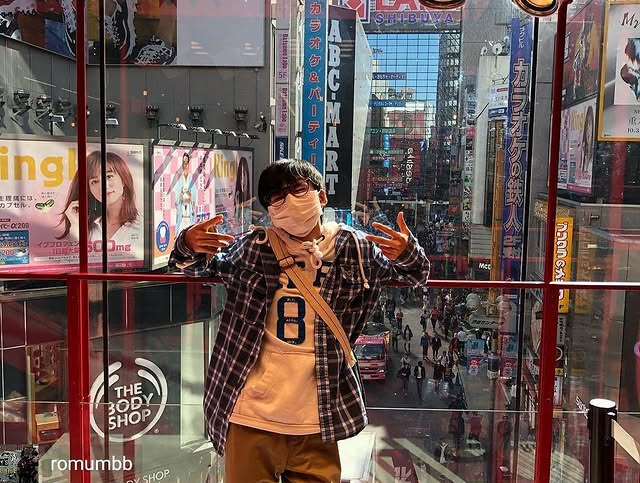
Next, take a short walk to Meiji Shrine, which is in a calm forest. The difference between the busy Takeshita Street and the quiet shrine is striking. Walking through the large torii gates and along the gravel paths feels like entering a different world where tradition flourishes.
Evening
As the day winds down, explore Cat Street, a stylish lane filled with bohemian boutiques, hip cafés, and cool street art- ideal for a relaxed shopping walk. If you’re into fashion, this is where you’ll find Tokyo’s modern and creative side.
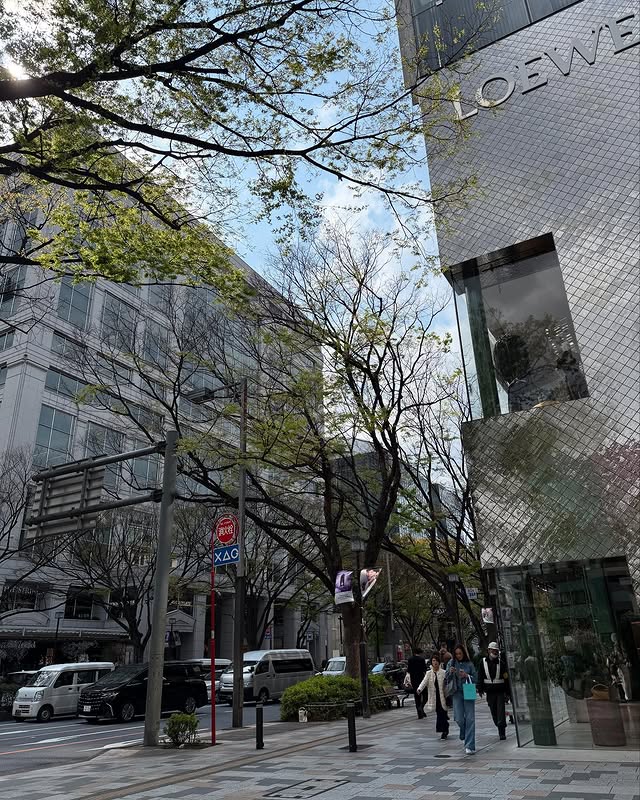
Return to Shibuya in the evening when the district truly comes alive. The neon-lit streets glow with energy, and you can wrap up your night with a delicious dinner at a local izakaya or rooftop restaurant while watching the city lights flicker below. If you still have energy left, the nightlife here-from karaoke to clubs-is the perfect way to end the day.
Day 3: Asakusa & Ueno
Highlights of Day 3
|
Morning
Step back in time with a visit to Senso-ji Temple, Tokyo’s oldest and most iconic Buddhist temple in Asakusa. As you pass through the tall Kaminarimon Gate (towering gates that lead to the Sensō-ji in Asakusa, Tokyo, Japan) and walk down Nakamise Street, you’ll be greeted by rows of traditional shops selling souvenirs, yukata, and tempting street snacks.
Try Ningyoyaki (little cakes filled with red bean paste) or freshly grilled senbei rice crackers as you wander. The temple itself, with its grand red lanterns and smoke-filled incense burners, feels like a portal into Japan’s spiritual past.
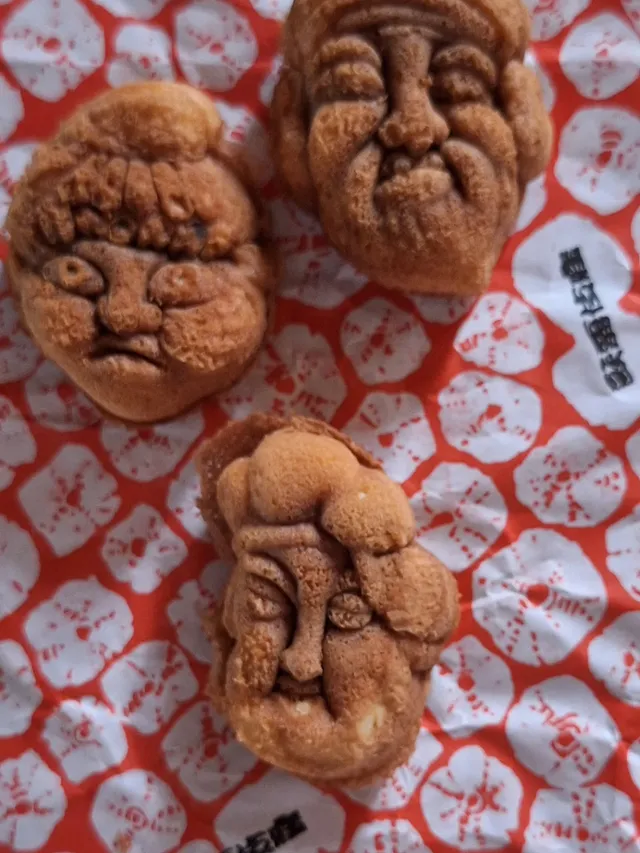
Afternoon
From Asakusa, go to Ueno Park, one of Tokyo’s cultural highlights. The park has wide paths lined with cherry trees, calm ponds, and some of Japan’s best museums.
Visit the Tokyo National Museum to see samurai swords, ancient pottery, and classic art pieces, or check out the National Museum of Nature and Science for interactive exhibits.
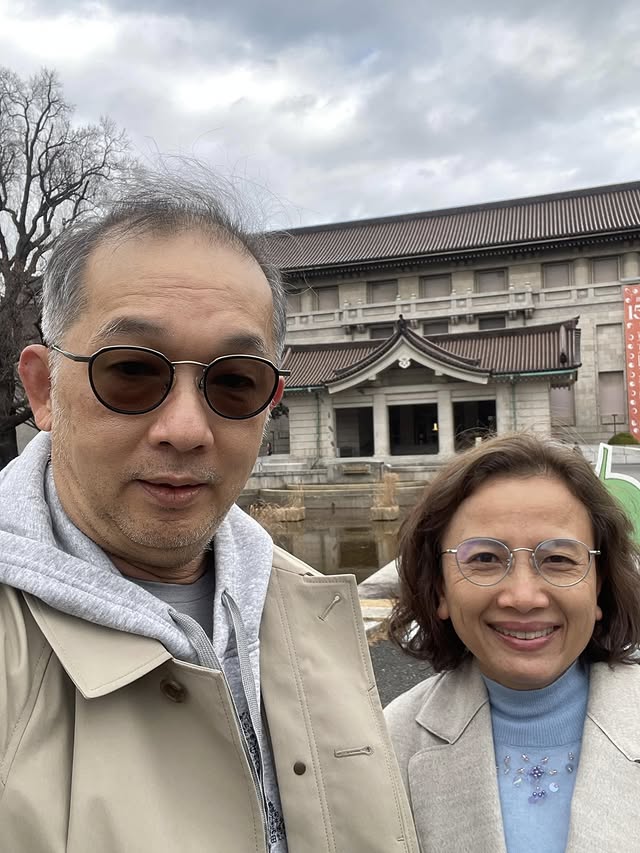
If you’re travelling with family or love animals, Ueno Zoo offers a peek at its famous giant pandas. Or simply enjoy a peaceful walk by Shinobazu Pond, watching the boats glide past the lotus leaves.
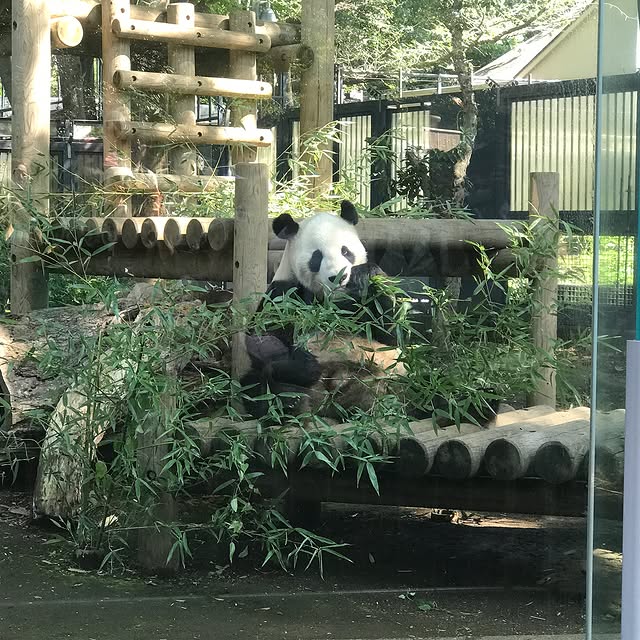
Evening
Visit Ameyoko Shopping Street to end your day. This busy market is located along the train tracks between Ueno and Okachimachi. You can find many stalls selling street food, fresh seafood, cosmetics, and trendy clothes at low prices. It’s a great spot to enjoy yakitori skewers, takoyaki balls, or a casual ramen dinner.
The bright neon signs, tasty food stalls, and lively crowds make Tokyo nights exciting. It’s a great way to end your cultural day in Asakusa and Ueno.
Day 4: Akihabara & Ginza
Highlights of Day 4
|
Morning
Start your day in Akihabara, the lively centre for anime, manga, and gaming. When you leave the station, huge billboards, bright arcades, and store displays will catch your eye. Visit Akihabara Electric Town, where large shops like Yodobashi Camera and Mandarake have everything from the newest gadgets to rare collectables.
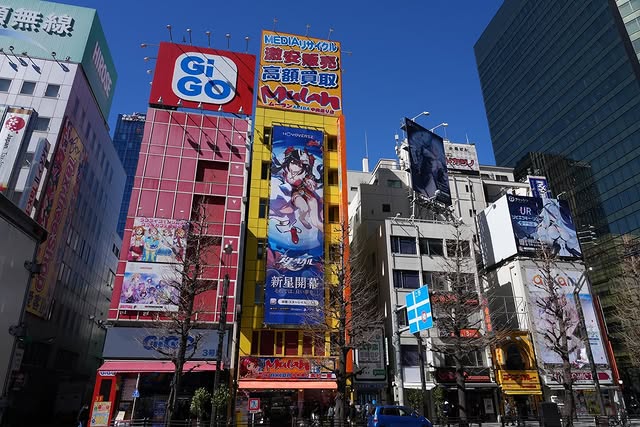
Don’t miss Super Potato, a retro game shop filled with classic consoles and nostalgic treasures. If you’re curious, pop into a maid cafe, where waitresses in cute costumes serve food and drinks in a quirky, playful style that’s uniquely Akihabara.
Afternoon
From high-energy Akihabara, shift gears to the elegance of Ginza, Tokyo’s luxury shopping district. Wide boulevards lined with flagship stores, designer boutiques, and sleek department stores like Mitsukoshi and GINZA SIX make this area a shopper’s paradise.
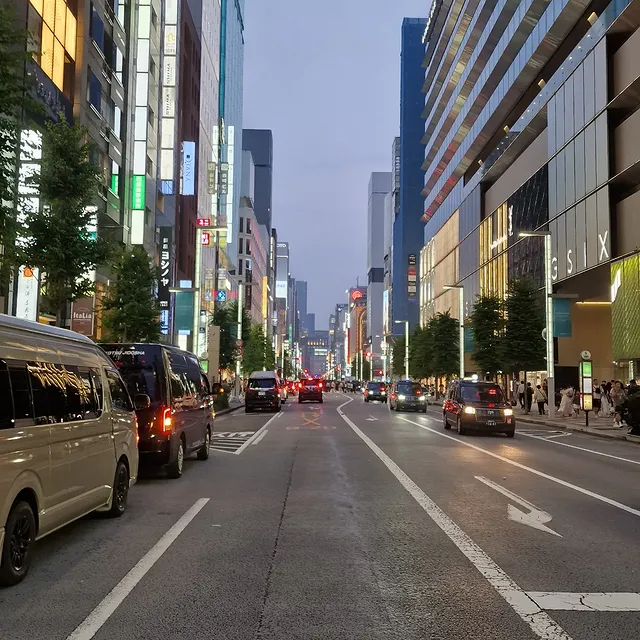
Even if shopping isn’t on your list, Ginza’s modern architecture, stylish cafes, and art galleries are worth exploring. You can also enjoy seasonal window displays and, on weekends, the main street becomes a pedestrian-only zone, perfect for a relaxed stroll.
Evening
Enjoy Japanese performing arts at the Kabuki-za Theatre in the evening. If you can’t stay for a full play, you can watch short acts. These give you an interesting view of this centuries-old tradition.
Afterwards, enjoy a refined dinner in Ginza- whether it’s fresh sushi crafted by master chefs, sizzling wagyu beef teppanyaki, or a Michelin-starred kaiseki meal, the district gives you an unforgettable dining experience.
To close the night, wander through Ginza’s illuminated streets, where glowing signs and stylish bars add just the right touch of glamour to your Tokyo evening.
Day 5: Day Trip to Nikko or Kamakura
| Highlights of Day 5
If Nikko
If Kamakura
Return to Tokyo, have dinner or relax at an onsen-style bathhouse. |
Morning
Today, escape Tokyo’s urban buzz with a refreshing day trip. If you choose Nikko, begin at the magnificent Toshogu Shrine, a UNESCO World Heritage site famous for its lavish carvings and the iconic “See No Evil, Speak No Evil, Hear No Evil” monkeys. The shrine complex is surrounded by towering cedar trees, making the atmosphere both spiritual and majestic.
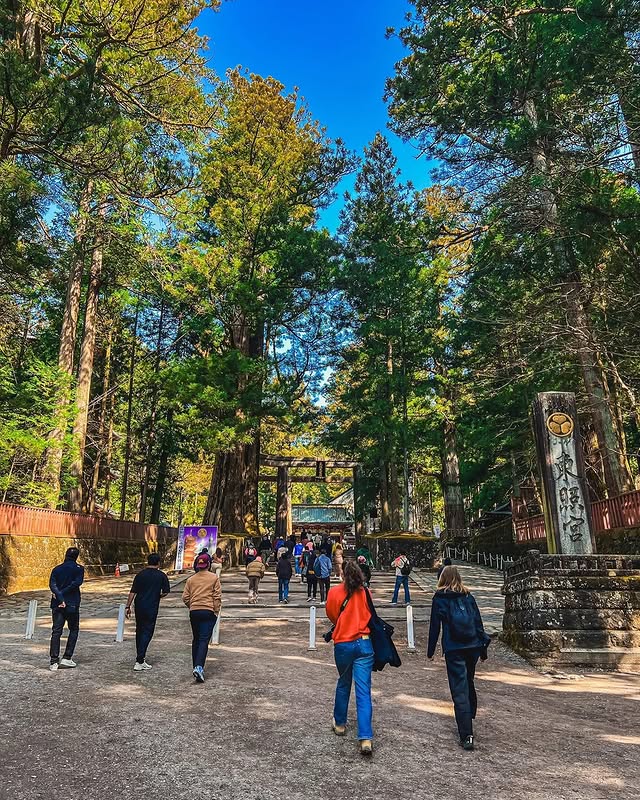
If you opt for Kamakura, start your morning with a visit to the Great Buddha (Daibutsu) at Kōtoku-in Temple. The bronze statue stands over 13 meters tall and has survived centuries of weather, including tsunamis. It continues to inspire awe. The nearby Hase-dera Temple features peaceful gardens and views of the sea, making it another attraction.
Afternoon
In Nikko, continue exploring nature by heading to Kegon Falls, one of Japan’s most beautiful waterfalls, or enjoy the serene Lake Chuzenji, where Mount Nantai reflects in the water. The crisp mountain air and lakeside paths are perfect for a leisurely walk.
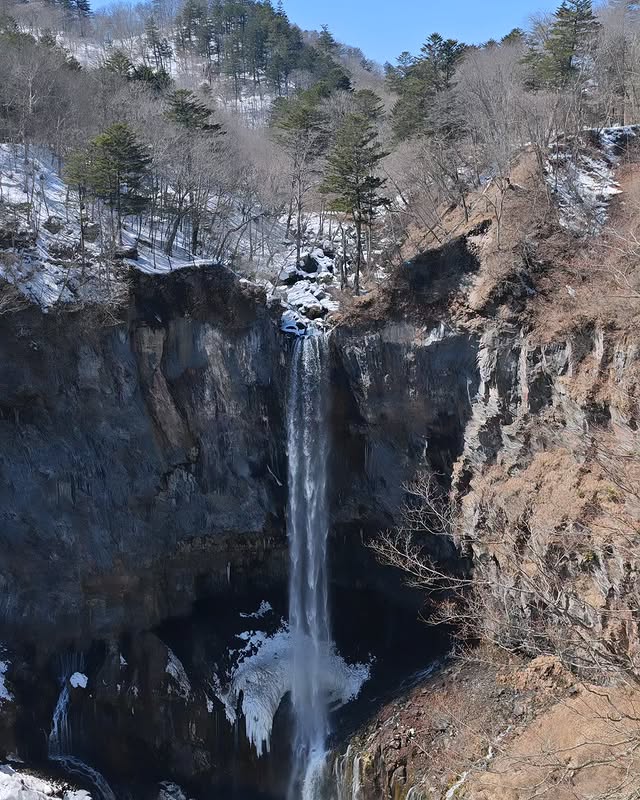
In Kamakura, wander down Komachi Street, a lively shopping lane filled with local snacks, matcha sweets, and artisan souvenirs. You might also visit Tsurugaoka Hachimangu Shrine, the spiritual heart of Kamakura, often buzzing with both tourists and locals.
Evening
Return to Tokyo in the evening after your cultural and scenic adventure. It’s the perfect time to slow down with a relaxed dinner near your hotel. Whether you choose a comforting bowl of ramen, freshly grilled yakitori, or even a bento from a department store food hall, dining in Tokyo never disappoints.
After a day filled with history, temples, and nature, this evening is all about unwinding and preparing for the next chapter of your Tokyo journey.
Day 6: Odaiba & Tokyo Bay
Highlights of Day 6
|
Morning
Start the day with a scenic journey across the Rainbow Bridge into Odaiba, Tokyo’s futuristic entertainment island. Begin your adventure at teamLab Planets. Here, you will find digital art displays that let you participate in bright and interactive light shows. These installations create a magical experience. Walking barefoot through mirrored rooms, glowing water, and floating flowers is an experience you’ll never forget.
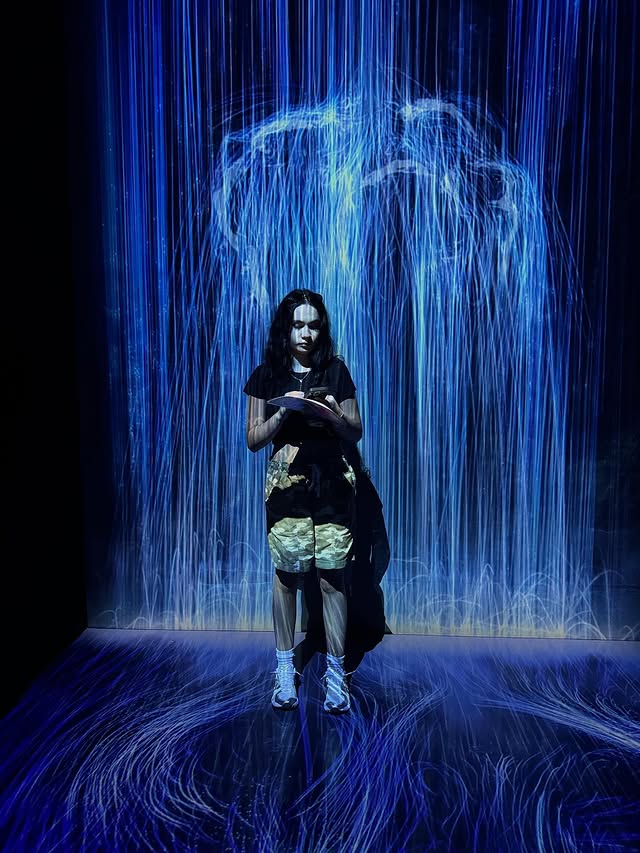
Next, stop by the towering Gundam statue at DiverCity Tokyo Plaza. The life-sized robot comes to life with sound and light shows, making it a must-see for anime and tech fans.
Afternoon
After a quick lunch, explore more attractions in Odaiba. Visit the National Museum of Emerging Science and Innovation (Miraikan). This museum has exhibits that show Japan’s latest technology, robotics, and space exploration.
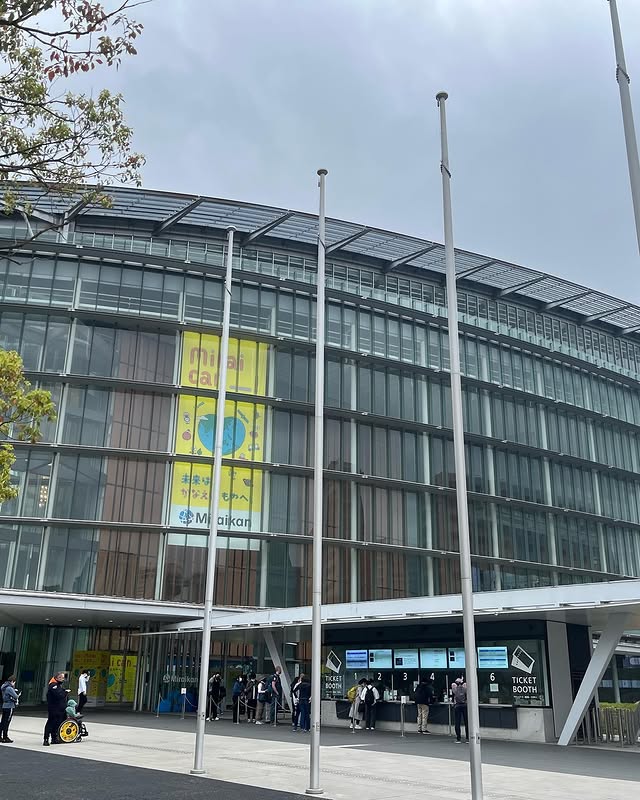
Suppose you prefer a relaxed afternoon, walk along Odaiba Seaside Park for views of Tokyo Bay and the replica Statue of Liberty. The combination of skyline, sea breeze, and modern architecture gives Odaiba its unique charm.
Evening
As the sun sets, enjoy a cruise on Tokyo Bay. The city skyline sparkles on the water. You will see Tokyo Tower and Rainbow Bridge lit up at night, creating a stunning view.
Take a peaceful walk along the waterfront to end your night. Enjoy the view of Odaiba’s futuristic city glowing against the bay.
Day 7: Day Trip to Mount Fuji
Highlights of Day 7
|
Morning
Your final day in Tokyo takes you beyond the city to Japan’s most iconic natural wonder. If you choose Mount Fuji and the Fuji Five Lakes area, start at Lake Kawaguchi, where the reflection of Fuji’s snow-capped peak on the still water creates a picture-perfect view. Stop by Chureito Pagoda, one of the most photographed spots in Japan, where the five-tiered pagoda frames Mount Fuji in the distance.
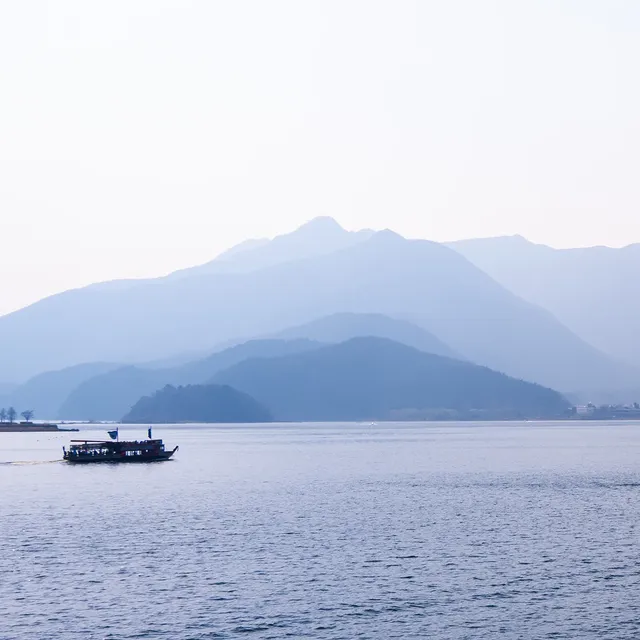
Afternoon
Continue exploring at your chosen destination. Around Fuji Five Lakes, enjoy a leisurely boat ride, visit quirky local museums, or simply relax in a lakeside cafe while soaking in the scenery.
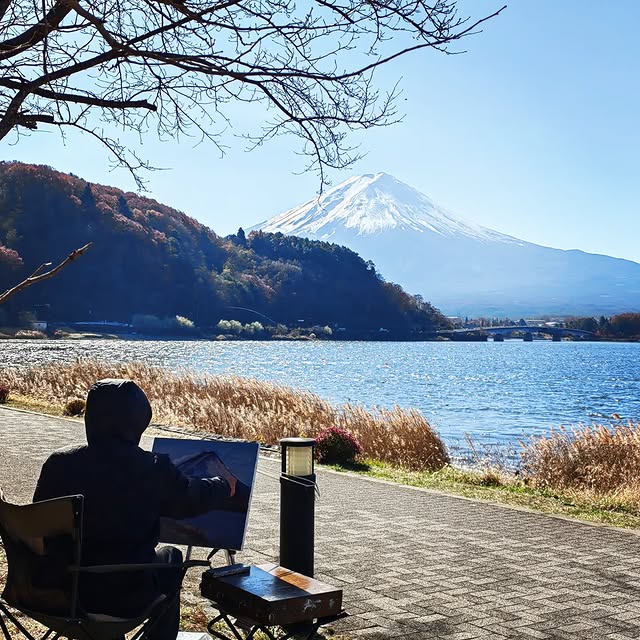
Evening
Return to Tokyo in the evening, bringing with you memories of majestic mountains, lakes, and timeless landscapes. It’s the perfect night for a farewell dinner at an izakaya, where you can toast to your adventures with Japanese sake and share a final feast of sushi, ramen, or yakitori.
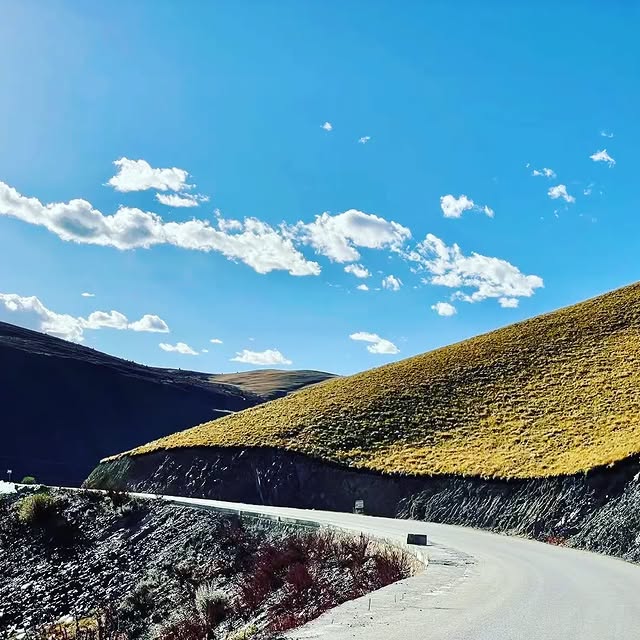
As the neon lights of Tokyo glow one last time, you’ll carry home not just photos but also the spirit of a journey that blended tradition, modernity, and unforgettable natural beauty.
Average Budget for a Week in Tokyo
If you are travelling to Tokyo for 7 days from India, the trip cost will be between 60,000-1,60,00 INR. It also depends on your travel style. Here’s a general breakdown for a mid-range budget trip for one person (1 JPY= ₹0.55 as of Aug 2025).
| Expense Category | Average Cost (INR) | Notes |
| Flights | ₹33,000-₹55,000 | From major Indian cities, book early for deals |
| Accommodation | ₹28,000-₹50,000 | Mid-range hotel or Airbnb |
| Food & Drinks | ₹11,550-₹20,000 | Mix of street food & restaurants |
| Transportation | ₹3,300-₹6000 | Subway passes + occasional taxi |
| Attractions & Tours | ₹5,500-₹12,000 | Museums, day trips, theme parks |
| SIM / Wi-Fi | ₹1,375-₹3000 | Tourist SIM or pocket Wi-Fi |
| Shopping & Extras | ₹2,500-₹10,000 | Souvenirs, snacks |
Estimated Total: ₹85,000- ₹1,60,000
Conclusion
Tokyo has the beauty that delights everyone’s eye. Tokyo’s streets are alive with colour and energy, where traditional tea houses coexist with contemporary cafes, creating an exciting cultural experience.
The combination of old and new, from ancient shrines to modern technology, is what makes Tokyo so enchanting. It’s a city that not only needs to be seen but felt, as it leaves a lasting impression on everyone’s heart and mind.
In this guide, I hope you have found your perfect itinerary to plan your trip. Now that you have the essential information and suggestions, it’s time to take the next step!
Start booking your travel arrangements today and make the most of your adventure. Don’t forget to share your experiences and tips with fellow travellers as well- your insights can inspire others to explore! Safe travels and happy exploring!
Frequently Asked Questions about Tokyo Itinerary
Is 7 days enough to explore Tokyo?
Yes, 7 days is perfect to cover Tokyo’s major attractions, neighbourhoods, day trips, and cultural experiences without feeling rushed.
What should I not miss in Tokyo in 7 days?
Don’t miss Shibuya Crossing, Asakusa’s Senso-ji Temple, Shinjuku nightlife, Akihabara for anime culture, and a day trip to Mount Fuji or Nikko.
Can I do day trips from Tokyo during a 7-day stay?
Absolutely! Popular day trips include Nikko, Hakone, Kamakura, and Mount Fuji’s Lake Kawaguchi area.
Is the JR Pass worth it for 7 days in Tokyo?
If you’re staying only in Tokyo, a JR Pass isn’t necessary. A prepaid Suica or Pasmo card is more practical.
What’s the best area to stay in Tokyo for 7 days?
Shinjuku, Shibuya, and Tokyo Station areas are convenient for transport, food, and sightseeing.
How much budget should I plan for 7 days in Tokyo?
On average, budget travellers can spend ₹60,000–₹70,000, while mid-range travellers may need around ₹90,000–₹1,20,000 (excluding flights).
Is Tokyo easy to navigate for first-time visitors?
Yes, Tokyo is very tourist-friendly with English signboards, efficient trains, and plenty of apps to help with navigation.